Given the following table
class ProductsTable(Table):
allow_sort=True
id=Col('ID', show=False)
price=Col('Price')
available_online=Col('Available online?')
available_num=Col('In stock')
edit=ButtonCol('Edit', url_kwargs=dict(id='id'), endpoint='/products')
def sort_url(self, col_id, reverse=False):
if reverse:
order = 'desc'
else:
order = 'asc'
return '?sort={}&order={}'.format(col_id, order)
From this I get the following example paths:
http://localhost:5000/products?sort=price&order=asc
http://localhost:5000/products?sort=available_num&order=asc
I use the parameters to generate an SQL query, which I execute on my SQLite DB and render the respective sorted table.
Now my issue comes from the reverse argument in my sort_url. I am unable to find any example that doesn't have it as optional argument and hence I'm unable to find anything that tells me how this argument can be set.
Of course I can always alter the URL. For the two examples above this would mean
http://localhost:5000/products?sort=price&order=desc
http://localhost:5000/products?sort=available_num&order=desc
However I want the order to change whenever the user clicks on the head of the specific table column.
How do I do that? Do I have to employ the actual HTML (and also add JavaScript) or is it possible to do it through Flask. Tables I've seen online normally have the arrows up/down symbol
that, whenever clicked, toggle the sorting order.
This involves JS and HTML modifications. I'd like to stick to Flask and Python if possible. The way Flask tables currently seem to work is a click cannot toggle the value of reverse.
Even if I expose the reverse parameter to the constructor of my own table like this
def __init__(self, items, reverse):
super().__init__(items, sort_reverse=reverse)
so that I can set it depending on the value extracted from the URL, my question how to actually set the value remains unanswered.
